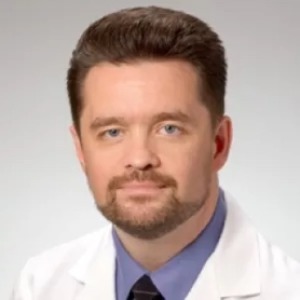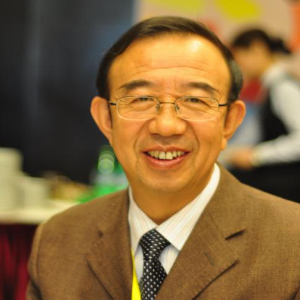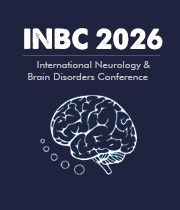Neural Cell Repopulation
Neural cell repopulation is a powerful process in which damaged neurons are replaced with healthy cells. This type of regenerative medicine has great potential to restore neural function and treat a range of diseases. The process of neural cell repopulation involves transplanting healthy neural stem cells into the area of damage. This can be achieved with either an intraventricular or intracerebral approach. With the intraventricular method, immature stem cells are injected into the ventricles of the brain, where they then migrate to the area of damage. The intracerebral approach involves direct injection of healthy stem cells into the area of injury. Once neural stem cells reach the injured site, they differentiate into neurons, oligodendrocytes, and glial cells, the cells comprising the central nervous system. The new cells form connections that help restore communication between nerve cells and improve the functional capacity of the injured area. In animal models, neural cell repopulation has enabled some degree of recovery of function following injury. This suggests the potential for this treatment in humans, as well. Research is ongoing to better understand the therapeutic potential of neural cell repopulation and make it applicable to human clinical trials. However, there are still some obstacles to overcome. Specifically, the potential for these stem cells to form inappropriate neural connections or tumor formation must be considered. In addition, more research is needed to identify the ideal cellular mix of stem cells for successful repopulation. Neural cell repopulation is an exciting area of research, offering a potential solution for many diseases and conditions. Moving forward, further investigation and improvements in techniques will be required to realize the full potential of this therapeutic approach.

Joe Sam Robinson
Mercer University, United States
Robert B Slocum
University of Kentucky HealthCare, United States
George Diaz
Memorial Healthcare Systems, United States
Daniel Curry
Texas Children’s Hospital, United States
Zhenhuan Liu
Guangzhou University Chinese Medicine, China
Kiran Ghotra
Lake Erie College of Osteopathic Medicine, United States




Title : Atypical presentation of Juvenile myoclonic epilepsy in a 16-year-old female: A Case Report
George Diaz, Memorial Healthcare Systems, United States
Title : What we don’t know about hydrocephalus and It’s management
Daniel Curry, Texas Children’s Hospital, United States
Title : Artificial intelligence-driven DWI and FLAIR for the detection of early stroke changes: A systematic review
Shari L Guerra, The Medical City, Philippines
Title : Mapping neuroplasticity in occupational therapy: Evidence-based interventions with measurable neural outcomes
Jessica Marchant, Texas Woman's University, United States
Title : Non-pharmacologic management of orthostatic hypotension in inpatient rehabilitation: A quality improvement initiative
Laura Steakin, Rehabilitation Institute at Sinai, United States
Title : Non-pharmacologic management of orthostatic hypotension in inpatient rehabilitation: A quality improvement initiative
Mackenzie Weber, Rehabilitation Institute at Sinai, United States